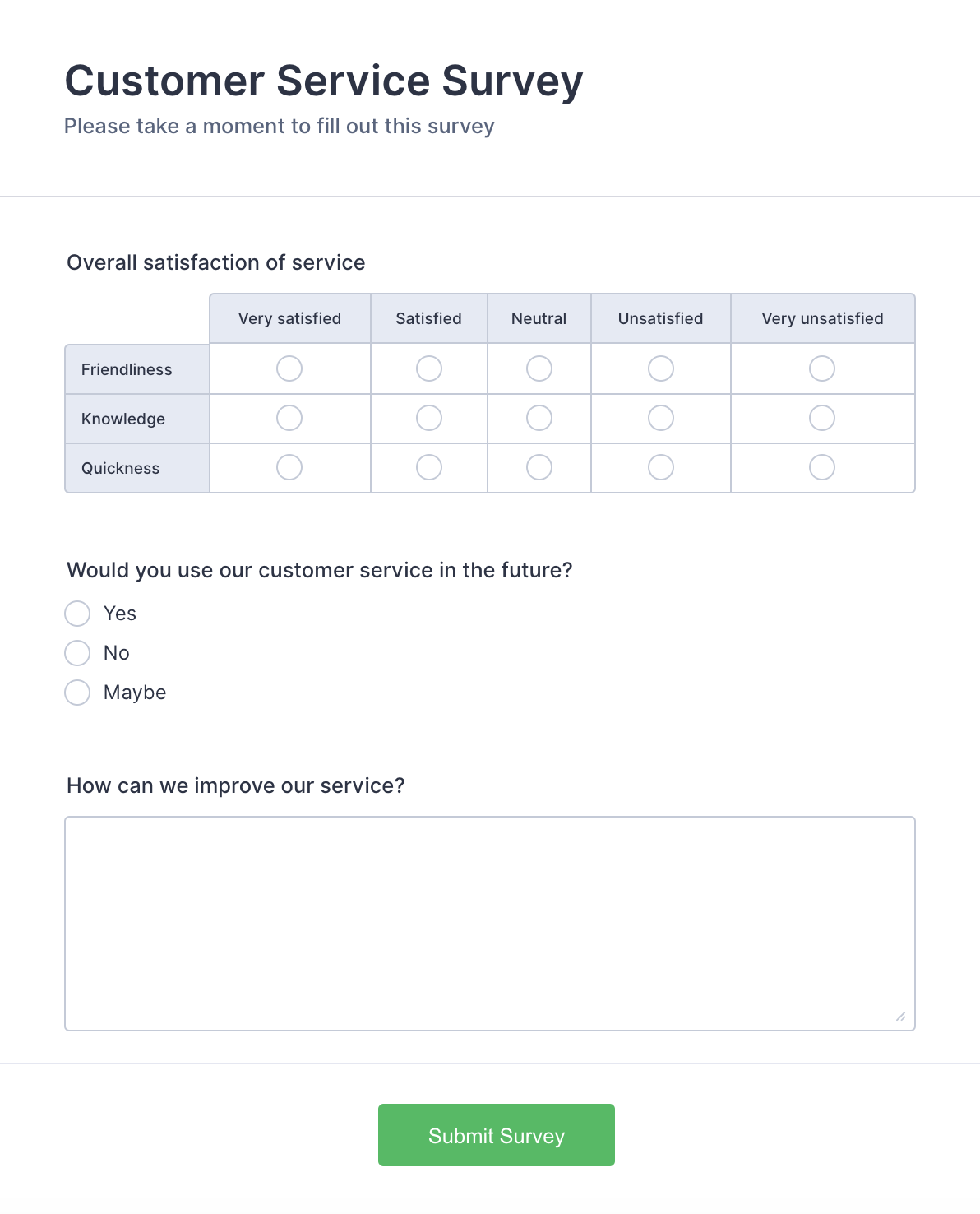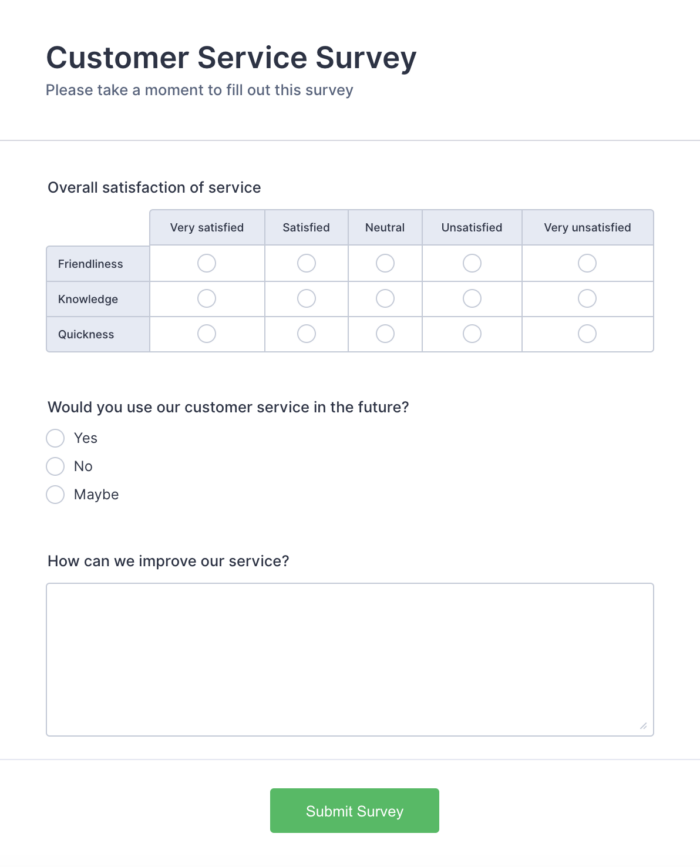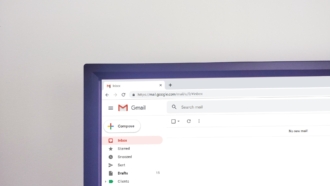Your business can invest thousands in customer acquisition and marketing before you see a positive ROI when sales start rolling in. Eventually you may find that these marketing and acquisition costs aren’t getting any lower, as existing customers tend to churn.
We’ve all heard about the importance of customer loyalty and retention, especially when it comes to our bottom line. And the truth about acquiring and retaining new customers is that the moment a lead turns into a customer, they will immediately begin to churn.
This is because clients and customers expect more the moment they make that first transaction or sign that first contract. How do you keep this from happening? A stellar client onboarding program to wow them from the first interaction to the last.
Keep reading to learn five ways to create a seamless and effective client onboarding program that will keep customers satisfied with your business for the long haul.
How to create a client onboarding program
Excellent customer service is at the heart of keeping customers and clients connected to your business. When you already have a great offer that delivers fantastic results, follow these steps to make sure your onboarding program elevates customers’ perceptions of your service.
Have a crystal clear buyer persona
Knowing your customer is key if you’re going to develop a client onboarding program that’s everything they could possibly expect and more.
A buyer persona can help you see all the important demographic and psychographic information about your client at a glance. This tool fleshes out all the important aspects about your customer that you ought to know, including their occupation, goals, and roadblocks.
You can develop an excellent buyer persona by doing deep social media market research, like checking out Facebook groups your customers may be a part of or looking through Twitter hashtags they might be using. Of course, you can also invest in one-on-one interviews or focus group discussions.
When you have crystal clear knowledge about your buyer, you can then base your client onboarding program on things that are important to them. Create a client onboarding checklist to help you manage the steps. For example, you can make the first step in your client onboarding program an overview of the goals you want to meet together, based on what you know about your client.
Set up your welcome email sequence
After confirming a transaction or contract with the client, it’s time to give them a warm welcome. Enroll them in a welcome email sequence that will walk them through your onboarding process.
There are few tips to keep in mind when writing effective client onboarding emails:
- Be sure you’re educating clients or providing important information from the get-go.
- Make each email relevant to your customer journey.
- Ensure that your CTAs within emails, if any, are clear so clients know exactly what they need to do next.
Make sure that you have the right tools in place
There are a variety of tools you’ll need to make sure the client onboarding process is as seamless as possible. Client onboarding forms built on Jotform are handy. Simply share the form with your client and wait for their response to get started.

Meet with your clients regularly. Videoconferencing tools are becoming essential with the rise of remote work and the new era of social distancing. You can even go the extra mile by assuring clients that your video calls are secure when you opt to use a trusted VPN for your conference calls.
Finally, project management software can help make sure you and your clients are always on the same page on your projects. During onboarding, walk them through the steps to sign up for your project workspace if needed, then teach them how you’ll be using that workspace throughout the course of your working relationship.
Schedule regular check-ins
Onboarding is a process, and sometimes clients can get stuck or confused during that process. Regular check-ins during onboarding can be a quick and simple way to minimize any roadblocks.
To keep these check-ins brief, set the tone and topic for the meeting straight away. Here are some handy business presentation phrases you can keep in your arsenal to help you make your meetings and presentations flow better.
Keep these meetings brief and concise by following important virtual presentation tips, like asking your client to commit to a certain amount of distraction-free time or closing any applications you won’t need.
You can schedule these check-ins at the end of each onboarding week or after specific milestones you and your client have hit together.
Focus on giving your new client quick wins
We mentioned before that customers will churn because they expect more from you after they make a purchase or sign a contract.
One way to give them more is by providing them with quick wins in your onboarding program. Tailor each stage of the onboarding program to have an easy win at the end.
For example, if your service helps clients get more customers for their own business, you might create an onboarding step that shows them how you focus on reaching out and attracting local clients in their vicinity. Afterward, you can give them a checklist of local clients you’ll want to work toward signing together.
You can even consider onboarding them on tools like project management software, getting their social media accounts set up, or making their first campaign go live.
Be open to client feedback
Feedback is an essential part of making a better client onboarding program, so always ask for it. After all, the onboarding process is designed for your clients, so you want to make sure your client onboarding is as seamless for clients as it is for you.

Monitor, evaluate, and improve your client onboarding process
Aside from depending on client feedback to improve your client onboarding process, be sure you’re also proactively looking at ways to make it better.
Pay attention to cues like client engagement. Do clients get to accomplish simple action steps like filling out forms? Do they book follow-up calls or sessions?
Weigh how many clients are able to complete the entire onboarding process versus how many don’t. Then pay attention to where exactly people start falling off, so you can identify the roadblocks and address them promptly.
Key takeaways
Client onboarding can make or break your customers’ experience with your business. As a result, it’s important to pay attention to your customer onboarding process as a whole. Follow the tips above to make sure you create the best client onboarding program possible so you can keep those customers coming back to your business.






































































Send Comment: